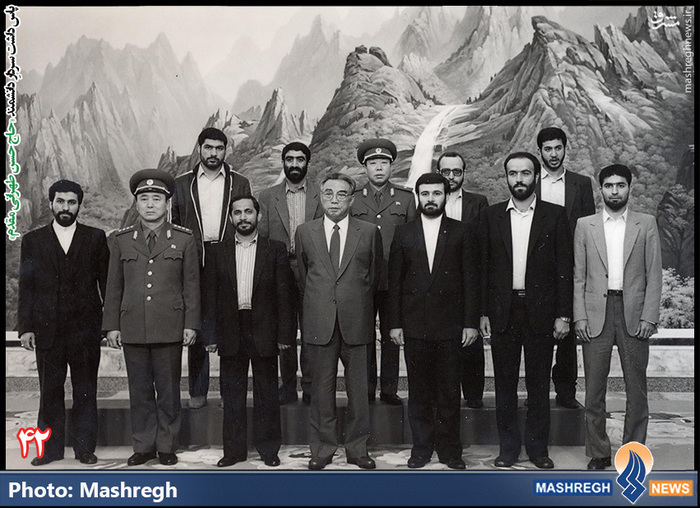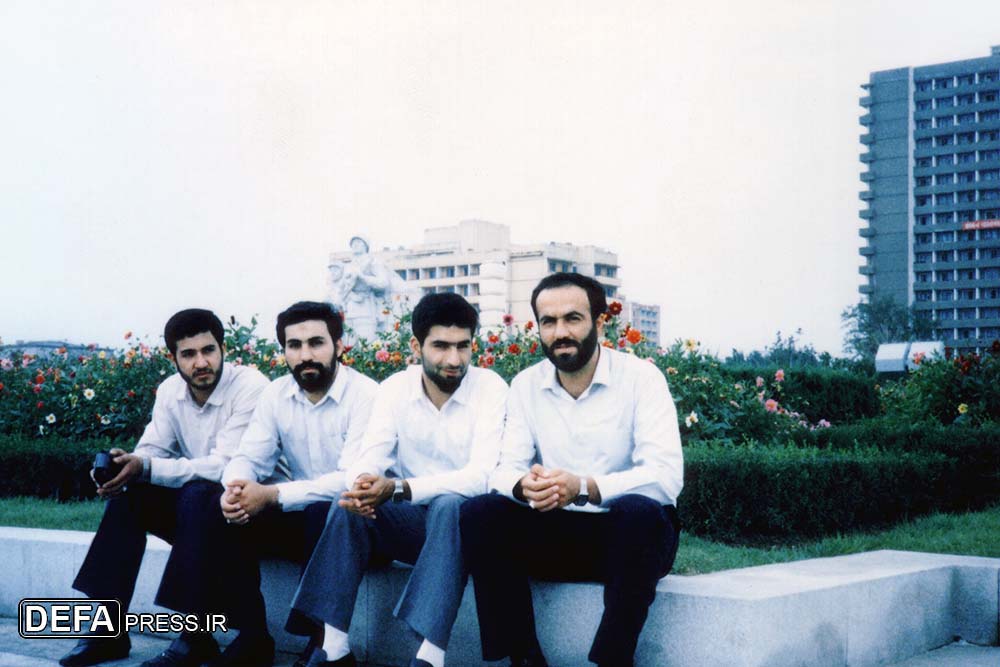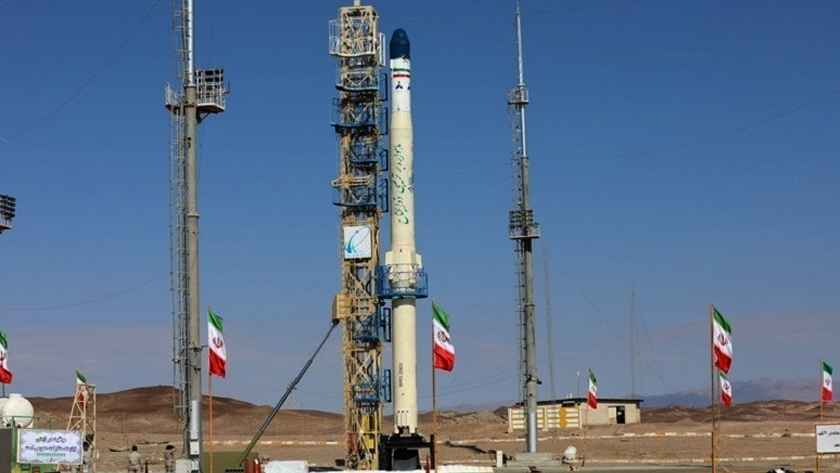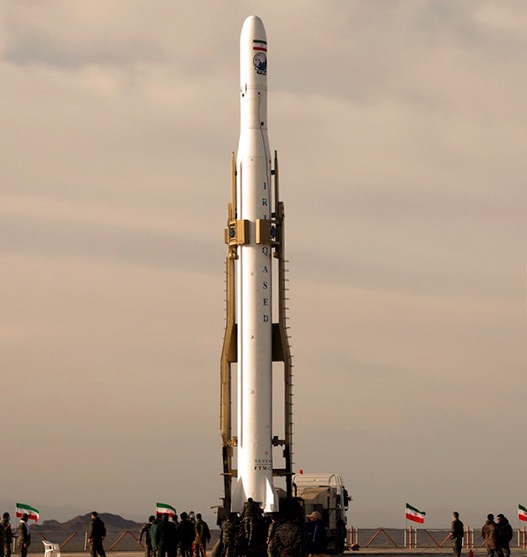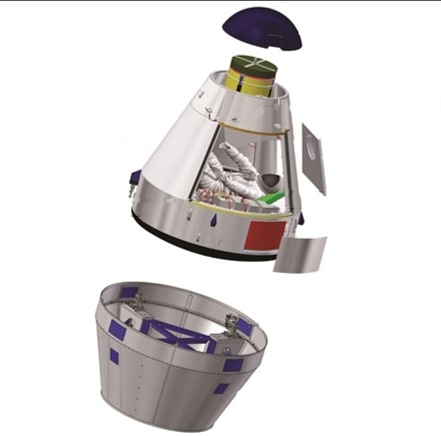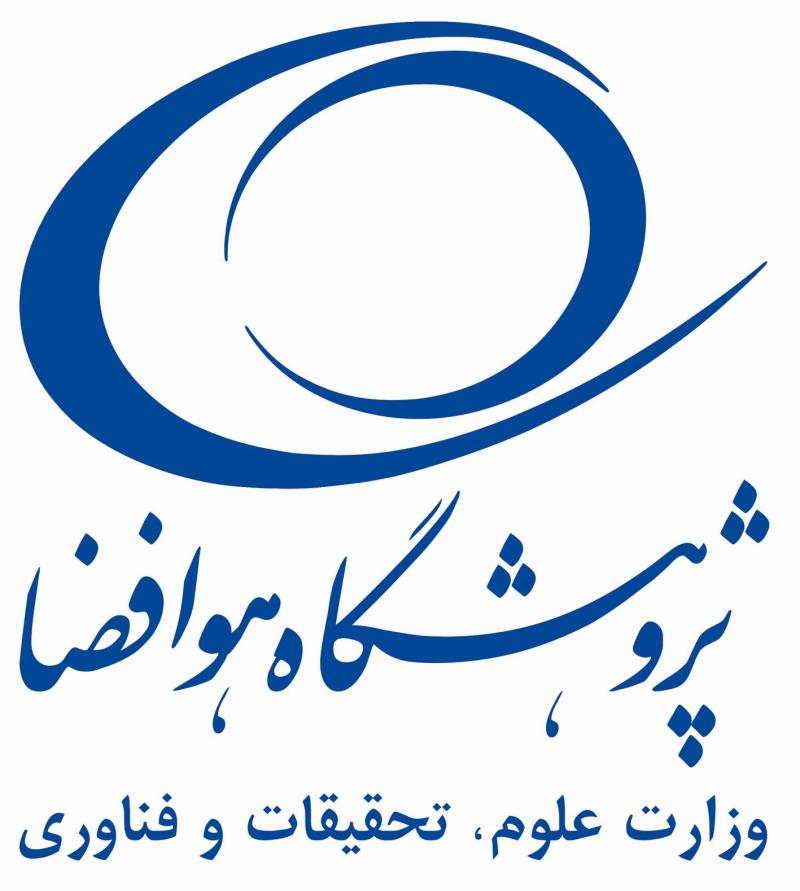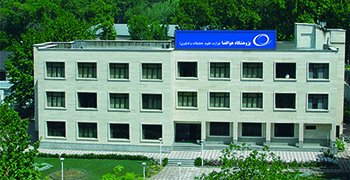
And it's time for more Scud history! Here's the story of how Iran began a Scud B reverse-engineering effort and ended up buying a factory from the DPRK. Thread. 


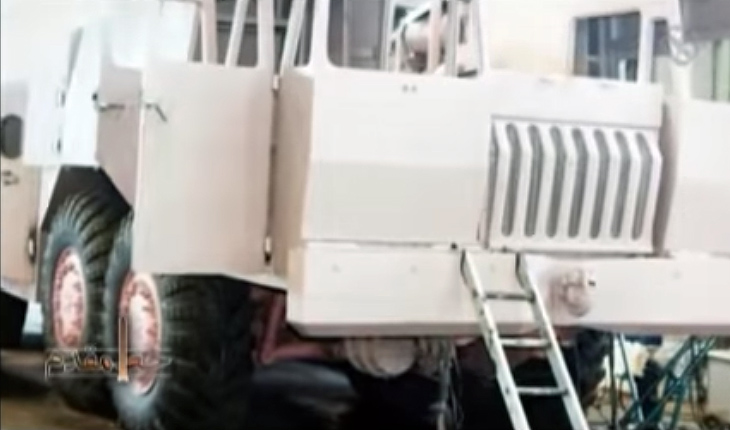


Reverse-engineering the Scud was a priority for the Iranians from the very beginning despite the extremely bleak initial prospects for doing so. Moghaddam was obsessed with the idea and when training with his crew in Syria in late 1984...
he actually instructed them to leave their barracks at night under the pretext of holding religious ceremonies. They would sneak into the Syrian warehouses to rasp off material samples of the missiles to be brought back to Iran and analyzed.
However, around the same time actual Scuds arrived from Libya and Moghaddam convinced Rafiqdust to have two of them taken way for reverse engineering. Reportedly, Rafiqdust asked what he would get in return...
and Moghaddam told him that if he got martyred he would intercede with God for Rafiqdust's soul. For reverse engineering, a group of engineers was assembled within the then Ministry of the IRGC under the project name Shahab 313.
The team was lead by Ali Ghiamtyoun and included several people that had worked on a project to domestically produce TOW ATGMs before. 


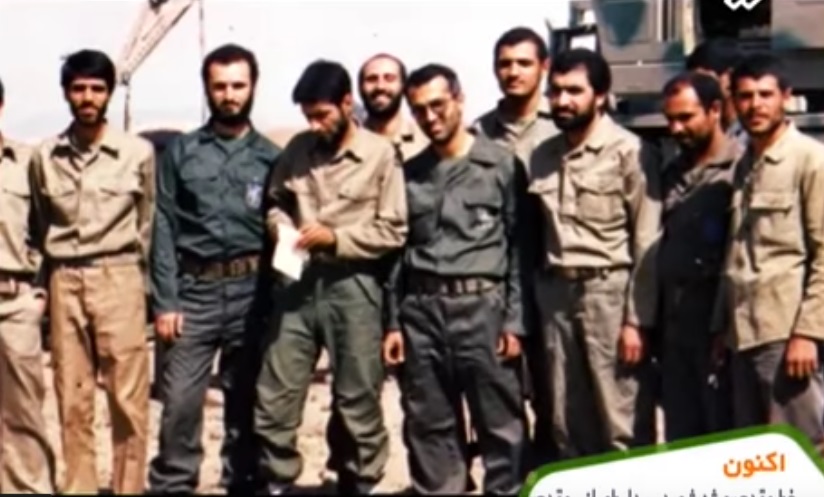
At first the effort was primitive consisting of little less than two rooms a few tables, papers and pens and an extremely limited budget and the engineers soon realized what kind of monumental task they were up against. Soon after the group's establishment...
then president Khamenei became interested in the project. He visited the offices and, much to his displeasure, found engineers to be overly cautious. Afraid of damaging the Scuds, they hadn't yet disassembled them. In order to speed up things he scolded them and..
threatened that if they didn't make any progress soon, the missiles would be taken back to the front and fired against Baghdad. Finally, the engineers began their work with the initial step of drawing up electrical diagrams. 
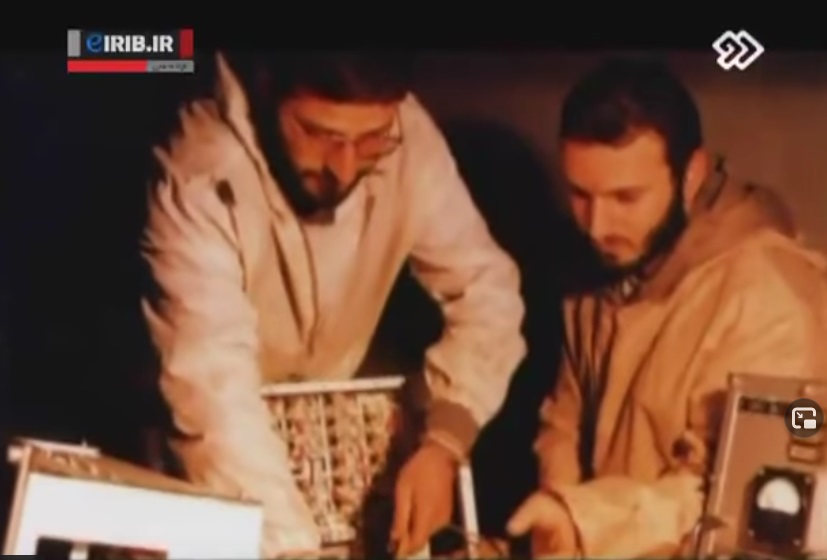
The Iranians pretty quickly realized the war would probably over before the reverse-engineering project would succeed. However, their effort proved to be valuable much earlier than expected. Namely, Gaddafi withdrew his support for Iran's missile force.
The Libyan launch crew left the country and before doing so sabotaged missiles and TELs, destroying some pieces of equipment and carrying others to their embassy in Tehran. Against all odds, the Iranians managed to make them operational again in 17 days.
To do so, they used a mix of improvisation, self-built parts and sensitive spares flown in from the DPRK. And it was the reverse engineering team and its newly acquired expertise that was crucial in this effort. As a side effect, the episode helped build...
a strong relationship between the development team and the operational missile force that would persist. Afterwards, the engineers continued their revers-engineering effort which moved to Lavizan Shian. 35.773505° 51.502887° 
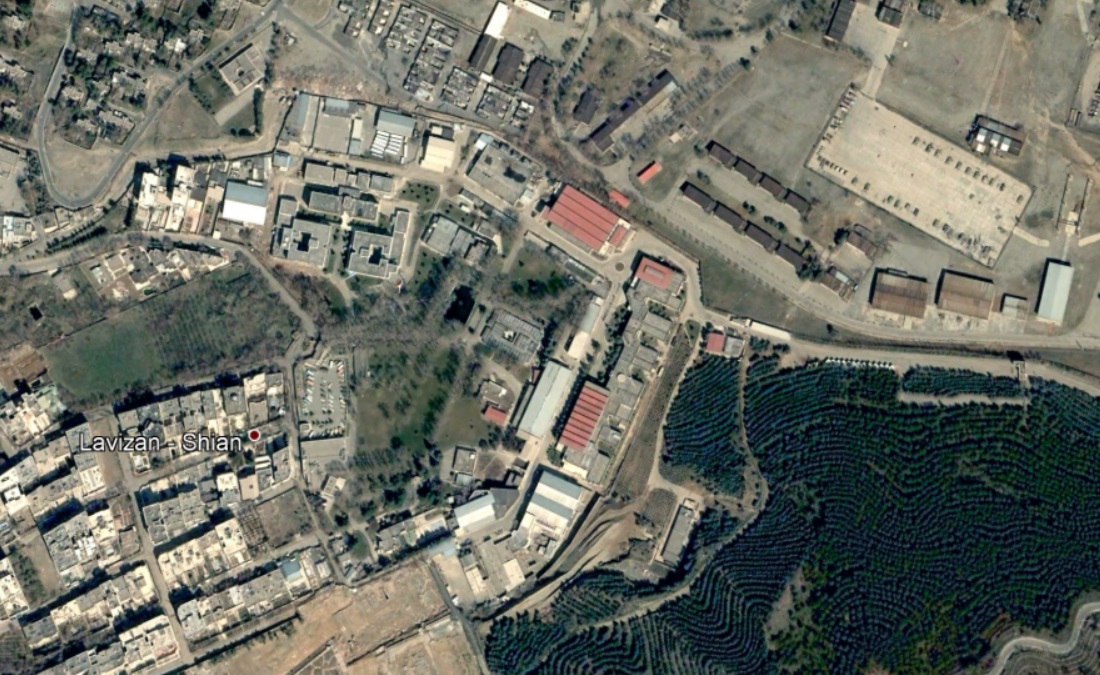
You might have heard that name before. Yes, Lavizan Shian was also the location of the Physics Research Center involved in Iran's nuclear weapons effort. And that might not be a coincidence. Some information indicates there was an overlap...
between the early missile revers-engineering project and the nuclear project, with the latter potentially being an outgrowth of the former.
isis-online.org/uploads/isis-r…
isis-online.org/uploads/isis-r…
In any case, the first serious reverse-engineering project actually did not involve missiles but TELs. Iran got two TELs from Libya and at least four from the DPRK. Things are not entirely clear but there seem to have been losses and potentially a TEL shortage during the war.
The TEL project was started in 1986 and the first TEL was finished in the fall of 1989 after the war had ended. However this design seems to never have entered series production. One TEL of this type is now on display at the IRGC-ASF museum. 



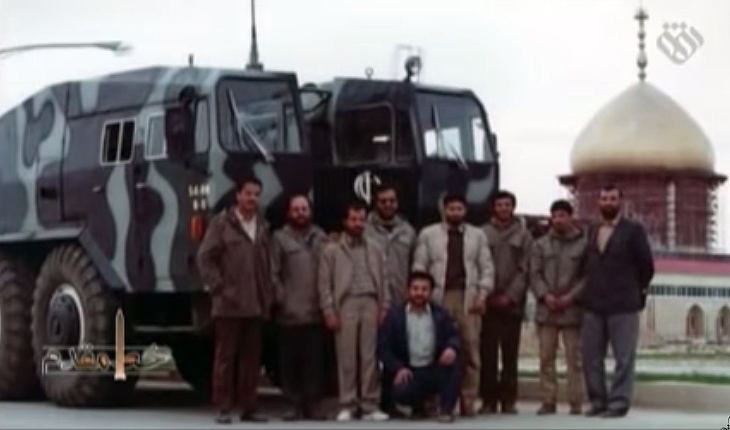

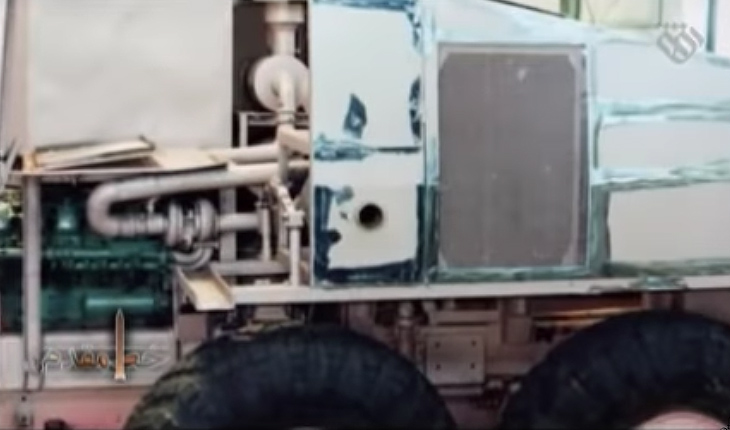

Back to the missiles. At one point the DPRK offered to sell a whole Scud production line which led to a conflict within Iran's new missile establishment. Some wanted to accept the offer because it obviously would make things much easier and speed up the process dramatically.
Others insisted on strict self reliance and continuing the reverse engineering effort. In the end, a compromise was reached in which Iran would buy the production line but would develop TELs and fuel production domestically and would also work on guidance.
Consequently, guidance became the first part where Iran began to tinker with the original Scud design, replacing some of the original Russian-designed components with more modern electronics.
Unfortunately, Iranian sources haven't said when the North-Korean factory was built. There is footage of Khamenei laying the foundation stone of a missile factory in 1366 (87/88). I suspect this might be the SHIG Scud factory but can't prove it. 

Satellite imagery shows an expansion of the AIO's Hakimiyeh site between 87 and 89 but again it's not that conclusive. 35.727850° 51.606956° 

Whatever is the case, it was in 1370 (91/92) that the first Iranian-made Scud B, named Shahab 1 was finally tested with mass production beginning in 1372 (93/94). The Scud C/Shahab 2 followed about two years later. 

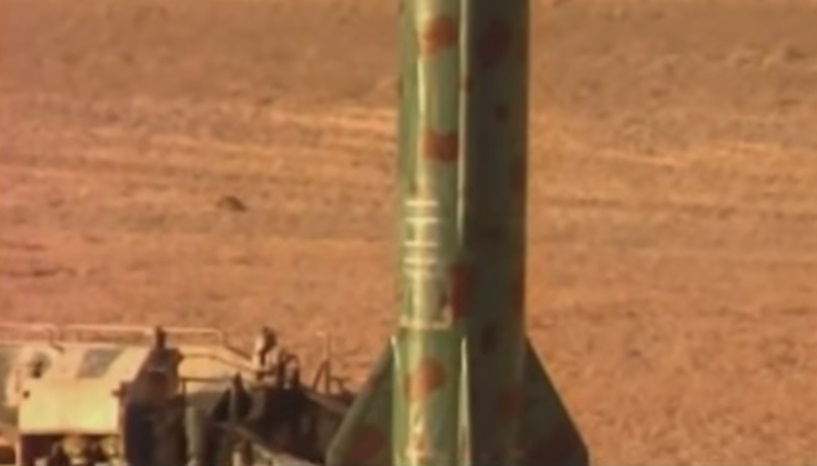

All info compiled from various Iranian official interviewed on state TV and Ghofari Haddadi's book. END.
• • •
Missing some Tweet in this thread? You can try to
force a refresh

